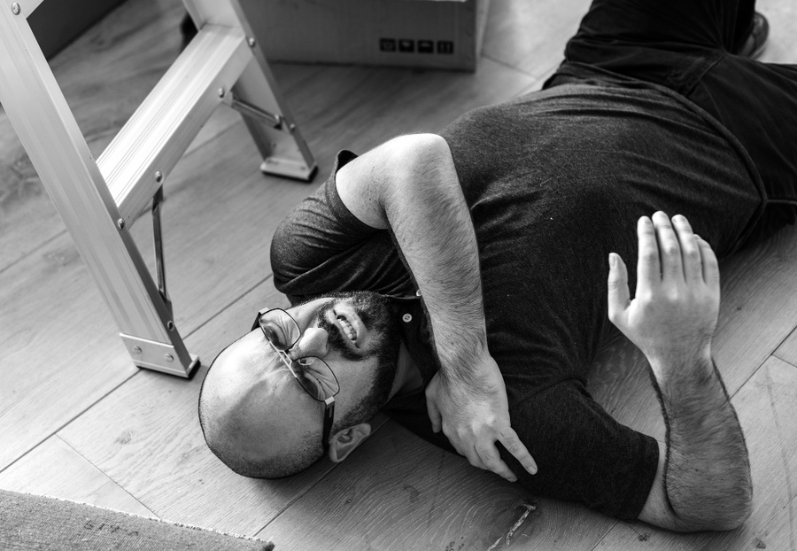
Slip and fall incidents that are happening in New York most of the time are far more complicated than they seem at first glance. For people looking for compensation, there’s one thing you must do: proving negligence in slip and fall!
That is to say, the identification of negligence is highly important and for that you have to exhibit that the possessor or manager of the property failed to maintain a safe environment which led to the occurrence of the injury.
Under New York law, slip-and-fall cases are related to premises liability. The claimant should be able to prove that the property owner had a duty of care, that this duty was violated, and that the injury resulted from negligence.
Because taking on a slip and fall case is concerned with advancing through the law landscape efficiently, and having a well-informed back up may well mean the difference between a case that is won and the one that is dismissed.
Get a consultation with an experienced attorney to evaluate your case and determine the best course of action.
Understanding Negligence in Slip and Fall Cases
Proving negligence in slip and fall cases involves demonstrating that someone’s failure to act responsibly led to another person’s injuries.
In New York, this involves understanding the duty of care, identifying how it was breached, and showing the link between the breach and the resulting damages.
The Concept of Duty of Care
The duty of care undertakes a legal obligation that requires individuals to do everything they believe is reasonable to safeguard the interests of those around them so that these might not be harmed.
In the law of premises liability, property owners or occupiers are responsible for the safety of the places they own or that they occupy.
Additionally, with regard to cases where people slip and fall, the duty of care requires the owner to react fast to any potential dangers.
And by “dangers” I mean slippery and uneven floors. In that way, they will be able to minimize the risk of visitors getting injured.
Under New York law, the formation of the duty of care is the cornerstone in negligence cases. Whether property owners have exercised a reasonable standard of care is a function of variables such as the nature of the premises and the predictability of dangerous conditions.
Just in case a landowner fails to comply with the rules, he or she will be in trouble! Why? Well, that’s because the aftermath of a legal matter can follow!
Proving Breach of the Duty of Care
After deciding that the duty of care exists, proving a breach is the next important step. The owner’s conduct is said to be a breach if the owner does not take the necessary measures to avoid harsh situations.
This may include things like:
- Not heeding the warning signs about a particular danger on the property.
- Not conducting necessary checks of the property.
Additionally, solid proof is highly effective all the time when showing the violation of the duty of care. For instance, certain evidence can easily motivate the negligence claims in case they are true.
These include:
- Pictures of the spot.
- Recording of what the witnesses said.
- Information from the maintenance records.
When dealing with a matter of personal injury, the showing of a breach is all that is needed to confirm the claim of injury and to inspire the person harmed to hope for a payout through pointing out the property owner’s lack of proper care.
Causation and Damages
Causation is the link between the negligent act and the injuries sustained. It proves that the property owner’s failure directly resulted in the slip and fall.
The victim must show a direct connection between the breach and their injuries to succeed in their claim.
Damages refer to the compensation sought for injuries and losses. These may include medical expenses, lost wages, and pain and suffering.
Calculating damages accurately requires a thorough understanding of the injuries, their severity, and any long-term impact.
New York law considers these factors when awarding compensation, emphasizing the importance of demonstrating causation in seeking damages.
Legal Procedures and Strategies for Proving Negligence in Slip and Fall
Proving negligence in slip and fall case in New York requires understanding the legal steps and strategies involved.
Important considerations include:
- Timely filing.
- Gathering evidence effectively.
- Acknowledging shared fault.
But the real battle starts after that!
Filing a Slip and Fall Lawsuit
The process of filing a legal claim for slip and fall injuries consists of a series of well-defined legal actions.
Normally, personal injury attorneys are the ones to guide individuals filing the claim in the preparation of the necessary documentary evidence.
In most cases, the complaint will need to point out the exact nature of the negligent act that caused the accident.
Additionally, they should make reference to the violations that were carried out. One of the most common of these is the property owner’s lack of safety precautions.
A winning lawsuit comes with well-specified claims of negligence. For instance, bringing up the fact of a prolonged feature of existing unsafe conditions in a complaint could be one such example.
A team of premises liability lawyers would be of the greatest significance in connection with the plaintiff’s objections, grounded as they are in the defendant’s violation, being introduced as the direct cause of the incident.
Statute of Limitations in New York
The time limit for filing personal injury claims in New York is usually from the day of the incident to three years.
Now, this Statute of Limitations is very important and you MUST keep that in mind! Moreover, failure to meet it can lead to the waiver of the right to recover damages.
That is the reason why lawyers stress remembering this time frame. This helps to ensure that your lawsuit is not time-barred and is justified.
At times, there might be some exceptions to the rule that the time limit is still applied, such as when the plaintiff is a minor, or the party responsible is a local government body or agency.
Communicating with an attorney dealing with these cases in the early days can be beneficial for the purpose of not only getting a good understanding of the various choices but planning the actions that have to be performed needs to be done also.
Utilizing Evidence to Support Your Claim
Good use of evidence can play a vital role in the establishment of the social responsibility of the defendant.
The features include pictures of the scene of the incident, the medical file showing the injuries gotten, and corroboration by eyewitnesses which are very important.
Actual notice is a strong proof of evidence to have if the land owner has knowledge of the hazard but ignores it.
Moreover, video surveillance, as other evidence besides may even be a more outwardly convincing practice for giving the case an unexpected turn.
Additionally, personal injury lawyers frequently assist with collecting and presenting proof of the case in court in a most effective way so as to bring out the issues of negligence and liability.
The Role of Comparative Negligence
New York follows the rule of comparative fault, which means damages can be reduced if the injured party is partly at fault.
Determining each party’s responsibility level affects the compensation amount the plaintiff may receive. Thorough analysis by a personal injury law firm can clarify these aspects.
Understanding how comparative negligence influences cases is crucial. Personal injury claimants may still recover compensation even if they hold partial responsibility. However, the court will adjust this according to their share of fault.
Awareness of this principle can guide effective legal strategies and expectations in pursuing a claim.
Read Also:
- Bard Hernia Mesh Lawsuit Update: A Classic Case of Product Liability
- What Can Injured Motorcyclists Legally Claim? A Breakdown of Your Rights
- Medical Malpractice in Cosmetic Procedures: How to Pursue a Claim in Connecticut


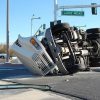
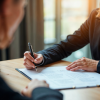


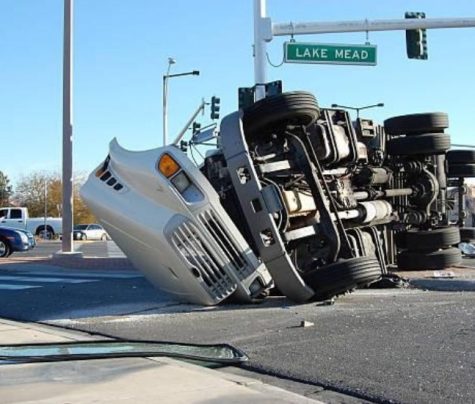
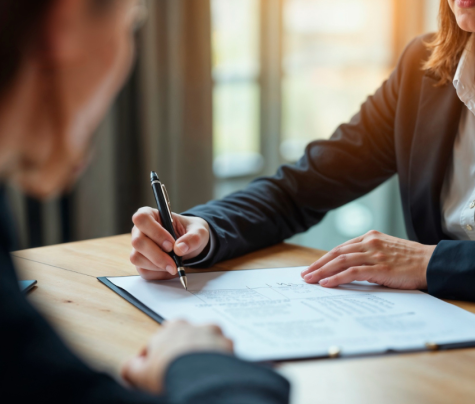

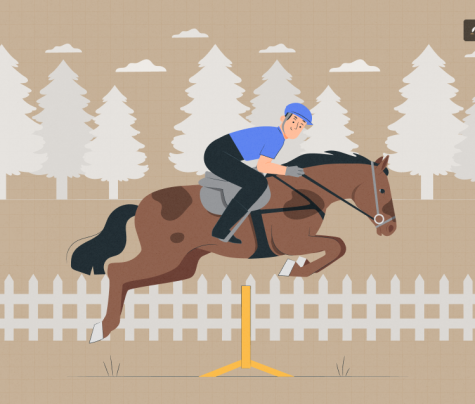
0 Reply
No comments yet.